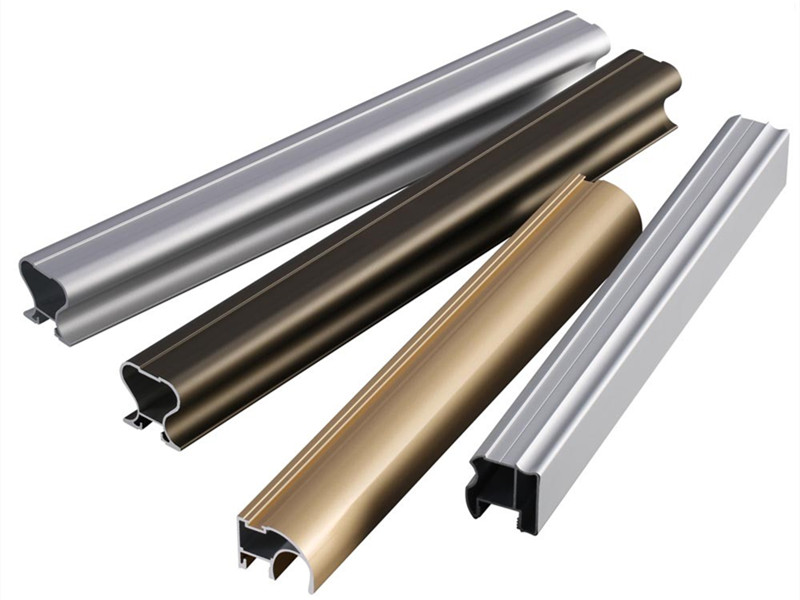Electrophoresis Extrusion Aluminum Alloy ,Aluminium alloy Material 6063, 6061.
Electrophoresis Extrusion Aluminum Alloy ,Aluminium alloy Material 6063, 6061.
Customized Shape 6063 Electrophoresis Extrusion Aluminum Alloy Section Profile
Quick Details
1.Business type: Manufacturer
2.Model: ZCHJ-2010
3.Type: Electrophoresis Extrusion Aluminum Alloy
4.Business type: Manufacturer
5.Hardness(HW): ≥ 8
6.Surface Treatment: Anodizing, Powder coating, electrophoresis, wooden finish
7.Application: In furniture, windows&doors, decorations ,industry, construction and so on
8.MOQ: 1*20’ FCL
9.Normal Anodizing thickness: 8-12 micro
10.Alloy: 6063, 6060, 6061, 6005, 7005
Feature
Electrophoresis Extrusion Aluminum Alloy ,The Electrophoretic sprocess is Electro-chemical in which the natural oxide film is created by passing an electric current through dilute
1. Polished Aluminium Profile &Tube
Sulphuric ,Aid with the Aluminium part as the anode. The electrophoretic film created is microscopically porous, which needs "sealing" in
2. Aluminium Heat Sink
a simple soap addition or some of the newer seal additives.
Aluminum profile production process
It mainly includes three processes of casting, extrusion and coloring (coloring mainly includes: oxidation, electrophoretic coating, fluorocarbon coating, powder coating, wood grain transfer, etc.).
1. Melting and casting is the first process of aluminum production.
The main process is:
(1) Ingredients: Calculate the amount of various alloy components according to the specific alloy grades that need to be produced, and reasonably match various raw materials.
(2) Smelting: The prepared raw materials are added to the melting furnace for melting according to the process requirements, and the impurities and gases in the melt are effectively removed by degassing and slag refining means.
(3) Casting: The molten aluminum liquid is cooled and cast into various round casting rods under a certain casting process condition through a deep well casting system.
2. Extrusion:
Extrusion is the means of profile forming. Firstly, the mold is designed and manufactured according to the section of the profile product, and the heated round cast rod is extruded from the mold by an extruder. The commonly used grade 6063 alloy is also subjected to an air-cooling quenching process and an artificial aging process after extrusion to complete the heat treatment strengthening. Different grades of heat treatable reinforced alloys have different heat treatment regimes.

Features & Advantages
1) Standard chemical component
2) Using pure aluminium ingot as main raw material, instead of scrap aluminium
3) High corrosion resistance, high weather resistance and good wear resistance
4) Smooth surface and subtle edges
 Request for Quotation
Request for Quotation
